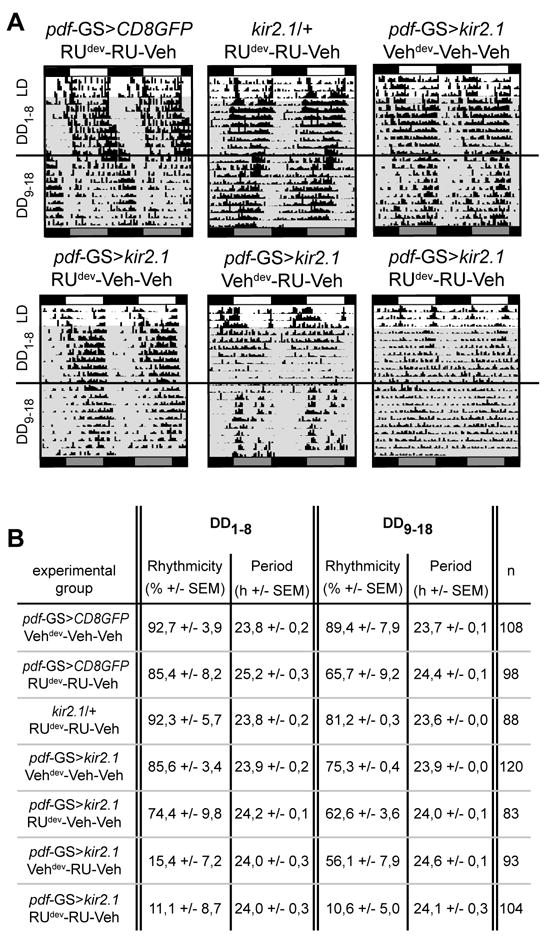Figure 4. Long-term silencing of the PDF circuit triggers irreversible locomotor arrhythmicity.

(A) Representative double plotted actograms. Flies were raised in medium with (RU) or without RU (indicated as Veh) throughout development (dev). Young adults were transferred to test tubes containing RU or vehicle and entrained for 3 days before releasing them in constant darkness for 8 days (DD1-8). At this point all experimental groups were transferred during the subjective day to new test tubes with no RU (Veh) and monitored for 10 additional days (DD9-18). Above each representative actogram the genotype and treatment are indicated. (B) Percentage of rhythmicity and average period in control and treated groups calculated for each free running phase. n refers to the number of individuals analyzed per experimental group. Percentage of rhythmicity of pdf-GS>kir2.1 RUdev-Veh-Veh does not differ from control groups (pdf-GS>kir2.1 Vehdev-Veh-Veh and pdf-GS>CD8GFP RUdev-RU-Veh) in any of the DD phases analyzed (Two-way ANOVA and Bonferroni correction). Additional induction during pupation did not increase the arrhythmicity observed in animals maintained in RU during development (data not shown). pdf-GS>kir2.1 RUdev-RU-Veh could not restore rhythmic behavior upon removal of RU (percentage of rhythmicity is statistically different from control groups on DD9-18. p< 0,001 Two-way ANOVA and Bonferroni correction). On the contrary, pdf-GS>kir2.1 Vehdev-RU-Veh restored rhythmic activity to control levels (percentage of rhythmicity does not show statically differences on DD9-18).
